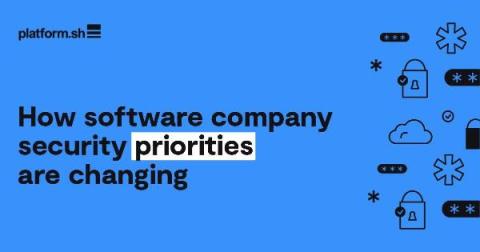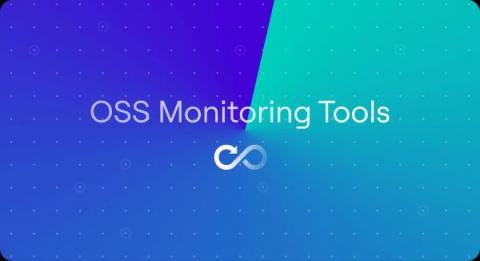Operations | Monitoring | ITSM | DevOps | Cloud
Latest News
How to unlock your leadership potential on a cloud migration project: A guide for the DBA, part 1
How software company security priorities are changing
The cyberthreat landscape continues to change along with technological advancements. Industry thought leaders expect to see changes in software companies’ approach to security and the defenses they put in place to protect their businesses and their users. Here are five of developers’ cybersecurity priorities for 2023 and predictions for how software companies will adapt their processes to address them.
The Power of LowOps
I'm Konner, a Strategic Sales Executive here at Cycle.io. With a background rooted in DevOps and CI/CD, I've dedicated over three years to engaging with developers and the DevOps community, consistently learning and gaining insights from each conversation.
Unleash the potential of intelligent, context-aware automation with BigPanda and Ansible
Many ITOps organizations we speak with want a state of self-healing systems capable of identifying and resolving issues without human intervention. Thanks to the progress in AI and ML, AIOps has made significant advancements in areas that automate many of the steps involved with identifying and triaging incidents. We ask ITOps leaders why they aren’t taking the next step with auto-remediating incident response workflows.
Infrastructure Management & Lifecycle Explained
How To Create a DevOps Implementation Roadmap
You’ve done your research and decided to use the DevOps approach for your software development process and IT operations. However, before you start tossing around terms like “continuous integration” and “containerization,” there’s an important starting point on your DevOps journey — creating a DevOps implementation roadmap.
Goodbye, GitOps: Getting to green in an AI-powered world
The cognitive bias known as the streetlight effect describes our desire as humans to look for clues where it’s easiest to search, regardless of whether that’s where the answers are. For decades in the software industry, we’ve focused on testing our applications under the reassuring streetlight of GitOps. It made sense in theory: wait for changes to the codebase made by engineers, then trigger a re-test of your code. If your tests pass, you’re good to go.
NVIDIA H200 Power Requirements: Can Your Racks Support Them?
This week, NVIDIA unveiled what they are calling “the world’s most powerful GPU for supercharging AI and HPC workloads,” the H200 Tensor Core GPU. There is much hype around the H200 as it is the first GPU with HBM3e. The larger and faster memory will further enable generative AI, large language models, and advance scientific computing for HPC workloads. Read the NVIDIA press release.











